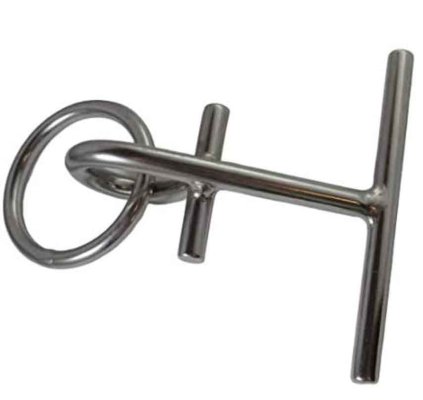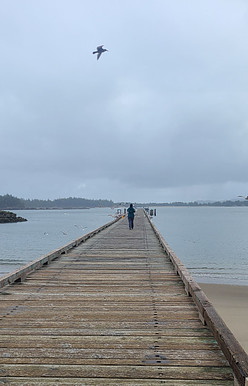FatBear
Veteran Member
My wife is rebelling about handling lines since she hurt her elbow in France (doing a flight of 12 locks - not exactly easy on anyone.) We are considering a larger boat than we've had in the past and I will need to be able to moor it myself much of the time. I don't expect much trouble most of the time, but once in a while ...
So I need to learn about bow and stern thrusters. Are they on/off or variable thrust? Are there any that you can leave on for longer periods than just for short bursts?
My idea is that when the wind is wrong, or whatever else can go wrong, I could put the boat up against the dock and apply just enough thrust to hold it there while I go ashore with the lines. This would require that they have variable thrust so I don't snap off a slip finger and would require that they could remain on for a few minutes while I took over a couple of lines.
Does this make sense?
Alternatively, I understand that there are wireless remotes for some thrusters. Perhaps I could use something like that to keep the boat against the dock, though it would be really bad if something went wrong while mooring to a side-tie with the wind blowing the boat out.
Are hydraulic thrusters more reliable than electric and can they vary their thrust and do they have longer run times than electric? I just remember seeing an engraved placard next to an electric bow thruster control limiting it to 15 seconds every minute. Plus, I like hydraulics. Please feel free to correct me if you think I should hate them.
Thanks.
So I need to learn about bow and stern thrusters. Are they on/off or variable thrust? Are there any that you can leave on for longer periods than just for short bursts?
My idea is that when the wind is wrong, or whatever else can go wrong, I could put the boat up against the dock and apply just enough thrust to hold it there while I go ashore with the lines. This would require that they have variable thrust so I don't snap off a slip finger and would require that they could remain on for a few minutes while I took over a couple of lines.
Does this make sense?
Alternatively, I understand that there are wireless remotes for some thrusters. Perhaps I could use something like that to keep the boat against the dock, though it would be really bad if something went wrong while mooring to a side-tie with the wind blowing the boat out.
Are hydraulic thrusters more reliable than electric and can they vary their thrust and do they have longer run times than electric? I just remember seeing an engraved placard next to an electric bow thruster control limiting it to 15 seconds every minute. Plus, I like hydraulics. Please feel free to correct me if you think I should hate them.
Thanks.
Last edited:



